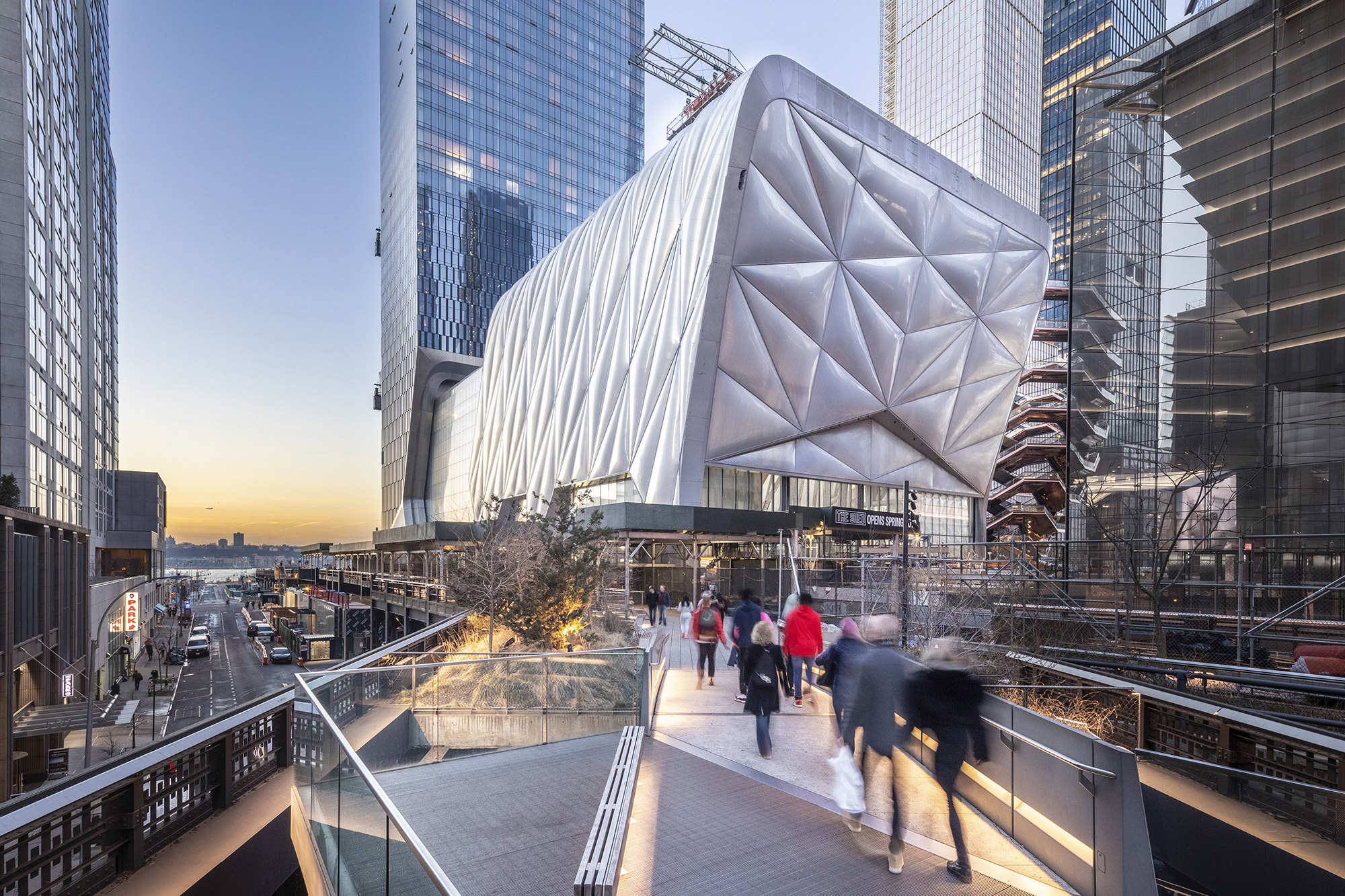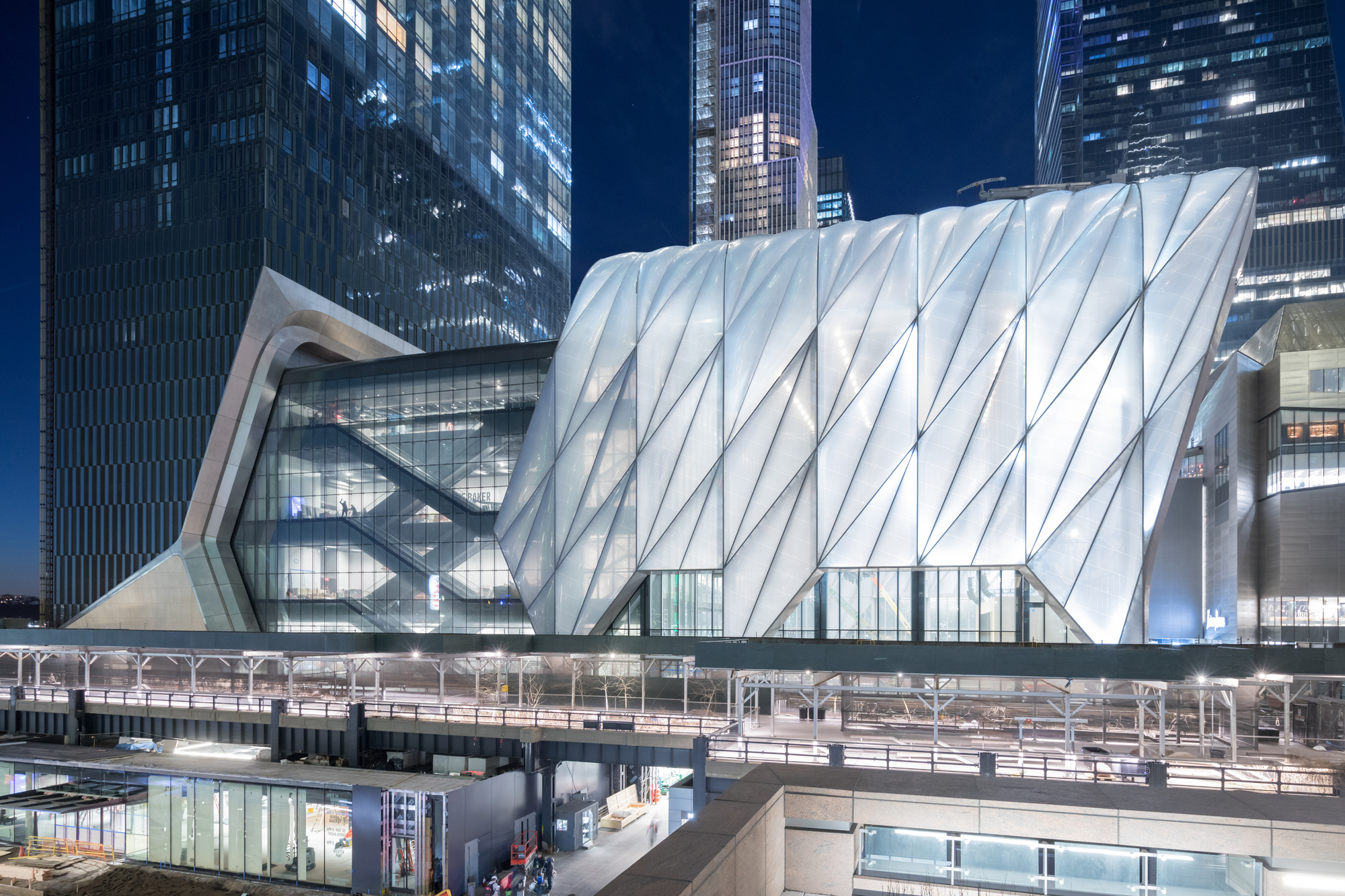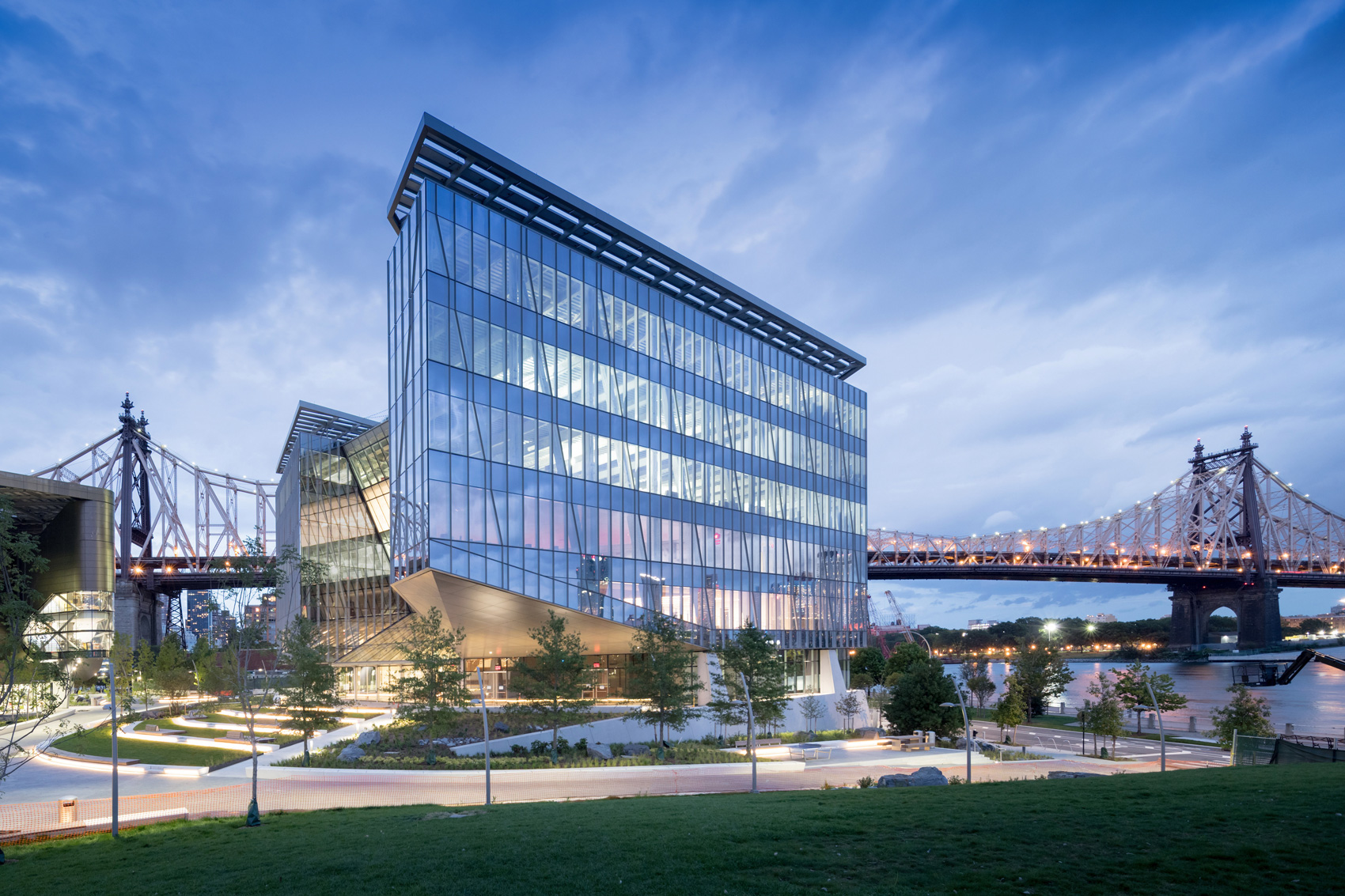Architizer's new image-heavy daily newsletter, The Plug, is easy on the eyes, giving readers a quick jolt of inspiration to supercharge their days. Plug in to the latest design discussions by subscribing.
Design is grounded in critical problem solving and storytelling. Turning ideas into something that can be communicated and executed, a strategist is someone that develops a plan of action or policy towards a larger goal or aim. Design strategy is a discipline that’s still finding its footing; it combines an analysis of businesses, organizations and environments to understand how they are operating today, as well as imagining how they will evolve into the future.
Choosing what to do — and what not to do — is the definition of strategy. In straightforward terms, a design strategist is someone who defines a strategy for the design process. You may be wondering: what makes them different than a copywriter, a researcher or an account manager? A design strategist focuses on transforming the way organizations design their physical environment to manifest mission, vision and goals. The approach is one that combines quantitative data with qualitative feedback, ultimately assuring evidence-based strategic design solutions that meet client and project goals.
A typical day for a design strategist can involve many different types of work. As a systems thinker, they combine creative and analytical skills to deliver innovation strategies and engage customers and clients through storytelling. This work can span:
- Business development and pitching to clients
- Generating marketing material
- Data visualization
- Storyboarding a narrative
- Analysis and research
- Cost evaluation and prototyping
- User experience (UX) design
The lists of a design strategist’s tasks, many centered on design and communication, goes on and on.

44 Union Square, Tammany Hall by BKSK Architects, New York, NY
Back in 2015, Gensler launched its Design Strategist Development (DSD) Program. Described as the first of its kind in the design industry, the aim was “to develop Gensler’s next generation of strategic thinkers.” Participants were part of the firm’s consulting practice, and their work spanned technology, policies, spatial design and services to explore the future of work, learning and living. The program was launched to help organization address problems like market growth, how to adapt in times of economic uncertainty, or how to handle rapid changes in the competitive landscape and operations.

44 Union Square, Tammany Hall by BKSK Architects, New York, NY
As Gensler Studio Director, Principal and Consulting & Real Estate Services Leader Kevin Rosenstein explained, “we decided to start the Design Strategist Development (“DSD”) program with the aim of developing top-notch consulting talent internally. Gensler’s DSD program creates a compelling vision of a group of Gensler-trained design strategists fanning out across the globe. These Design Analysts will have a common understanding of the processes and tools critical to solving the problems our clients face. They will be deeply committed to the principles of design and to design culture at large. They will be exposed to the “softer” skills so deeply required for success as a consultant and as a designer.”
As part of a consultancy within an architecture and design firm, the strategists worked at the intersection of people, operations and process, finance, technology, and space.

Slack Headquarters, Courtesy Garrett Rowland and Amy Young
For those with an architecture background who are interested in design strategy, a familiar face is Evelyn Lee. As the first ever Senior Experience Designer at Slack Technologies, Evelyn’s background spans architecture, business, strategy, and management. As she noted in 2018, “my role as a design strategist evolved into what it is today: ensuring that end users get space that is really meaningful to the outcomes that they want to accomplish and helping larger organizations prioritize their capital asset spend.” In her own words, she offers clients design thinking upstream rather than responses to pre-existing conditions.

Slack Headquarters, Courtesy Garrett Rowland and Amy Young
Evelyn is an interesting case study, as she holds graduate degrees in architecture, public administration and business administration, and has long been advocating for architects to expand the definition of their traditional roles. Most strategists echo Evelyn’s trajectory, with a mix of disciplines and backgrounds that inform different methods of problem solving and communication. These usually include experience in business, technical design and presentation skills, as well as soft skills spanning emotional intelligence, the ability to listen, facilitate and present.

The Shed, Courtesy Diller Scofidio + Renfro
The path to become a design strategist is open-ended, and relatively undefined. It’s usually grounded in design training and communication, which can be found in a range of degree programs or career opportunities. It’s also useful to having a background or training in business, which opens up diverse viewpoints to problem solving and organizational success. Consulting, computer science, branding, and research are but a few types of experience that can inform the work of a design strategist. Beyond product or service design, strategists focus on the range of issues surrounding place and space, and in turn, are imagining new futures for organizations and environments alike.
Architizer's new image-heavy daily newsletter, The Plug, is easy on the eyes, giving readers a quick jolt of inspiration to supercharge their days. Plug in to the latest design discussions by subscribing.










